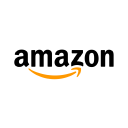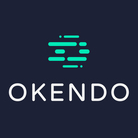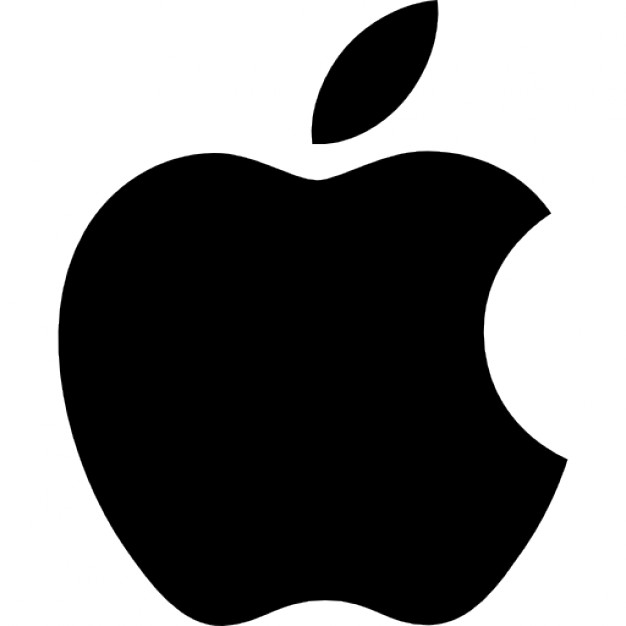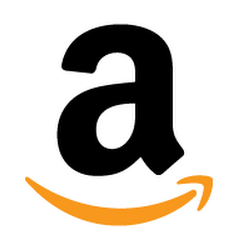On Starting A Footwear Brand: How I Designed And Patented A Shoe From The Ground Up
My name is Bret Rasmussen, and my company is KURU Footwear. We are a direct-to-consumer shoe brand focused on helping people with foot pain, including plantar fasciitis, heel pain, fallen arches, and more.
Our customers tend to enjoy an active lifestyle, seeking to improve the quality of their health. Many of our customers spend a significant amount of time on their feet in their professional and personal lives, and most have a health-forward mindset.
Coming off the best year in company history in 2021 and recently named one of Newsweek's Fastest Growing Online Shops, KURU Footwear has helped millions with our unique footwear technologies.

What's your backstory and how did you come up with the idea?
I grew up as a citizen of both the United States and the world. I have triple citizenship. My father's career allowed our family to live in several states...

Download the report and join our email newsletter packed with business ideas and money-making opportunities, backed by real-life case studies.

Download the report and join our email newsletter packed with business ideas and money-making opportunities, backed by real-life case studies.

Download the report and join our email newsletter packed with business ideas and money-making opportunities, backed by real-life case studies.

Download the report and join our email newsletter packed with business ideas and money-making opportunities, backed by real-life case studies.

Download the report and join our email newsletter packed with business ideas and money-making opportunities, backed by real-life case studies.

Download the report and join our email newsletter packed with business ideas and money-making opportunities, backed by real-life case studies.

Download the report and join our email newsletter packed with business ideas and money-making opportunities, backed by real-life case studies.

Download the report and join our email newsletter packed with business ideas and money-making opportunities, backed by real-life case studies.














































